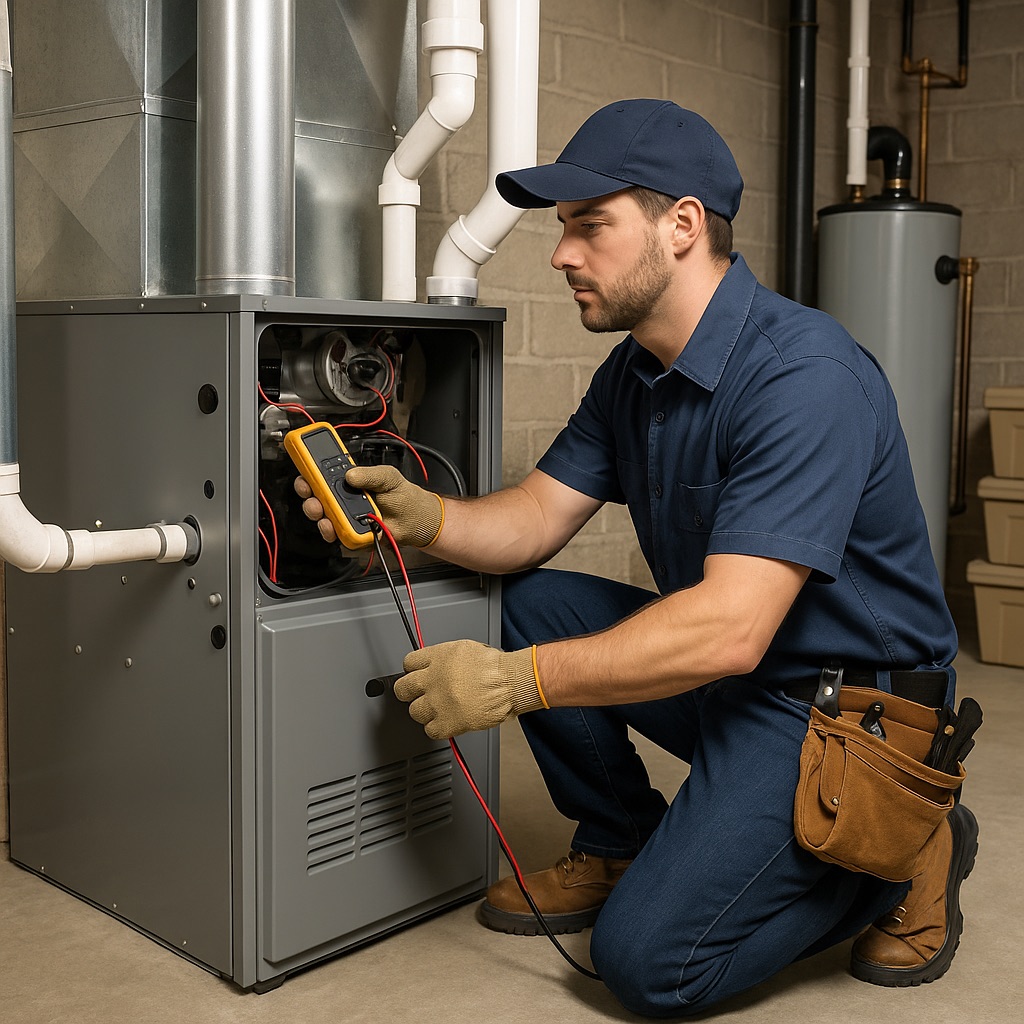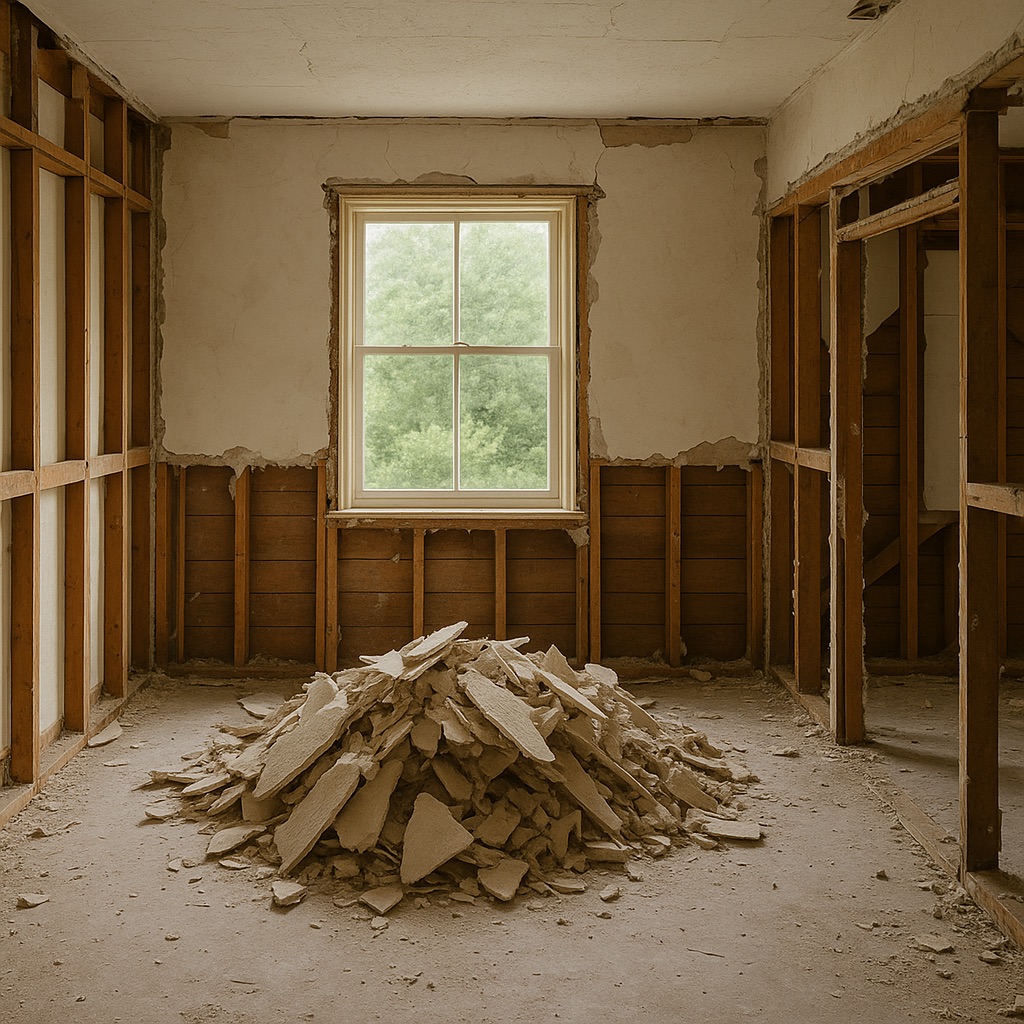Last updated on
Termites are like tiny wrecking crews that never take a break. They chew through wood, weakening homes from the inside out, and the worst part? You probably won’t even see them until the damage is already done. These pests cause billions of dollars in damage every year, and homeowners often don’t realize they have a problem until their floors start sinking or their walls begin crumbling.
The good news? You don’t have to wait until your home is falling apart to take action. Learning how to spot termite activity early and knowing what to do if you find signs of an infestation can save you a fortune in repairs.
Table of Contents
How to Know If You Have Termites

Termites don’t make their presence obvious. Unlike ants or cockroaches, they don’t just wander across your kitchen floor in plain sight. Instead, they work behind the scenes, inside your walls, floors, and even furniture. But if you know what to look for, you can catch them before the damage gets too severe.
1. Hollow or Damaged Wood
One of the biggest signs of termites is wood that sounds hollow when tapped. Since termites eat from the inside out, the outer surface might look fine while the inside is already chewed away. If you knock on a wooden beam or floorboard and it sounds empty, termites could be to blame.
2. Mud Tubes on Walls or Foundation
Subterranean termites build small mud tubes along walls, foundations, and other surfaces. These tiny tunnels help them travel between their nest and their food source without drying out. If you see pencil-thin tubes made of dirt and saliva running along your walls, that’s a major red flag.
3. Piles of Discarded Wings
Flying termites, or swarmers, come out to mate and start new colonies. Once they find a good spot, they shed their wings. If you notice small piles of discarded wings near windowsills, doors, or light fixtures, it’s a sign that termites have moved in.
4. Stuck Windows and Doors
If your doors and windows suddenly feel harder to open or close, termites might be tunneling through the surrounding wood. As they eat away at wooden frames, the structure can shift, causing doors and windows to stick.
5. Droppings That Look Like Sawdust
Drywood termites push out tiny, pellet-shaped droppings as they eat through wood. These droppings, called frass, often look like sawdust or small grains of sand. If you find mysterious piles of these near wooden structures, termites could be nearby.
Why Termites Are So Dangerous
Termites might be small, but they cause serious problems. They don’t just nibble at wood—they weaken entire structures. Over time, this can lead to sagging floors, crumbling walls, and even roofs that collapse.
Unlike other pests, termites don’t take breaks. They eat 24/7, meaning the longer they go undetected, the worse the damage becomes. And unlike rodents or ants, termites aren’t just annoying—they’re destructive. A severe infestation can cost thousands of dollars in repairs, and homeowners’ insurance usually won’t cover the damage.
That’s why professional termite control is so important. Experts know exactly how to find termite colonies, eliminate them, and prevent them from coming back.
How to Prevent a Termite Infestation
Stopping termites before they invade is much easier than dealing with an active infestation. Here are some simple ways to keep them away:
1. Keep Wood Away from Your Home
Termites love wood, and if they find it close to your house, they’ll be more likely to move in. Firewood, lumber, and even mulch should be stored at least a few feet away from your home’s foundation.
2. Fix Leaks and Moisture Issues
Termites need moisture to survive. Leaky pipes, clogged gutters, and poor drainage create the perfect environment for them. Fixing any water issues around your home will make it less inviting for termites.
3. Seal Cracks and Gaps
Even tiny cracks in your foundation, walls, or roof can let termites in. Sealing these entry points with caulk or another barrier material helps keep them out.
4. Use Termite-Resistant Materials
If you’re building or renovating, consider using termite-resistant materials like treated wood, concrete, or metal framing. While no material is completely termite-proof, these options make infestations much less likely.
5. Get Regular Inspections
Since termites are so sneaky, professional inspections are one of the best ways to catch an infestation before it gets out of control. Experts can spot early warning signs that most people miss.
What to Do If You Already Have Termites
If you’ve spotted signs of termites, don’t wait—act fast. The longer you ignore the problem, the worse it will get.
Step 1: Confirm the Infestation
If you’re not sure whether you have termites, a professional inspection will give you a clear answer. Termites can sometimes be mistaken for ants, so it’s important to know what you’re dealing with.
Step 2: Call a Pest Control Professional
DIY termite treatments rarely work. Over-the-counter sprays and traps might kill a few termites, but they won’t get rid of an entire colony. Professionals use advanced methods, like bait stations and liquid treatments, to eliminate termites at the source.
Step 3: Treat and Protect Your Home
Once the termites are gone, it’s important to prevent them from coming back. A pest control expert can set up barriers, apply protective treatments, and recommend steps to keep your home termite-free.
Don’t Wait Until It’s Too Late
Termites are small, but the damage they cause is massive. Catching them early is the best way to protect your home from expensive repairs. Look for warning signs, take steps to keep them out, and if you suspect an infestation, call a professional before they can do serious damage.
Protecting your home from termites isn’t just about avoiding a nuisance—it’s about keeping your house safe and standing strong for years to come.




